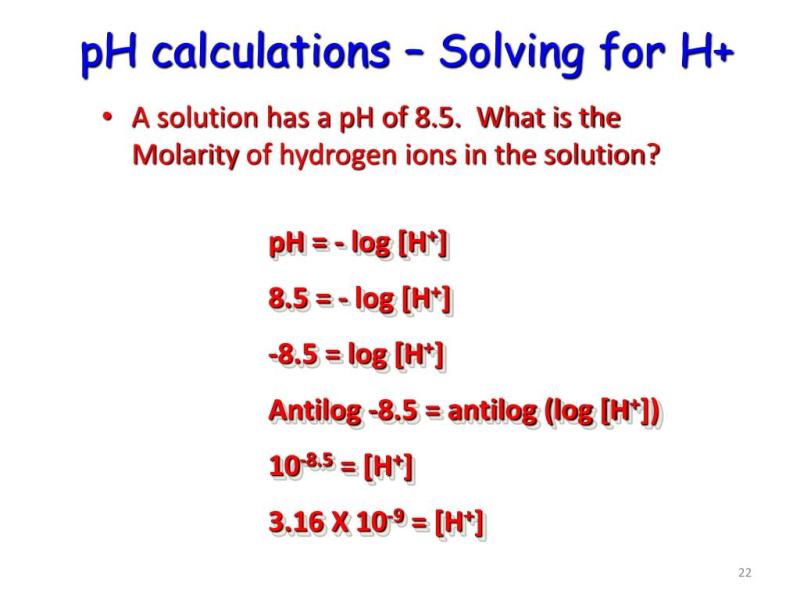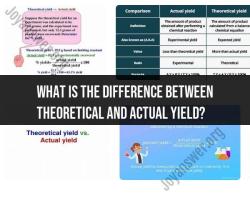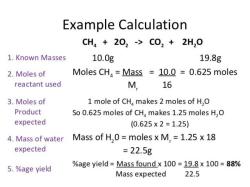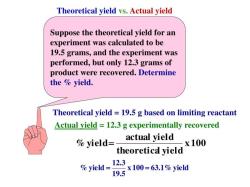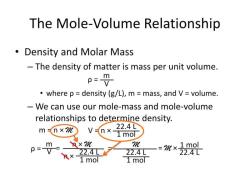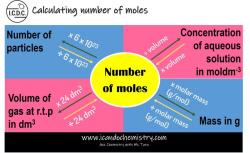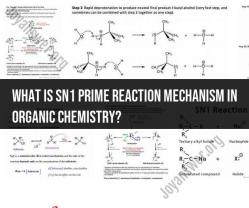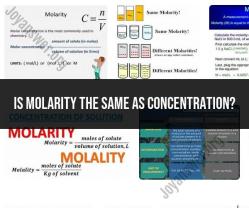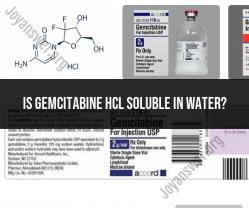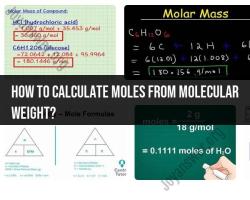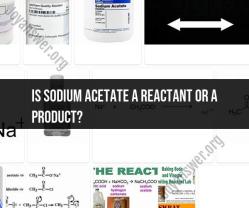What is the formula for molarity?
The formula for molarity (M) is given by:
Here's a breakdown of the variables in the formula:
Molarity (M): This is the concentration of a solution, expressed in moles of solute per liter of solution (mol/L or M).
Number of moles of solute: This represents the amount of solute present in the solution, measured in moles. It can be determined using the formula: .
Volume of solution in liters: This is the total volume of the solution, including both the solvent and solute. It is measured in liters.
The molarity formula is commonly used in chemistry to express the concentration of a solution. It quantifies the amount of solute in relation to the total volume of the solution. When using this formula, it's important to ensure that the units are consistent; for example, if the volume is given in milliliters, it should be converted to liters.
The molarity formula is represented mathematically as:
where:
- is the molarity,
- is the number of moles of solute,
- is the volume of the solution in liters.
Sure, here's a comprehensive explanation of molarity, its formula, and tips for students and researchers:
Chemistry fundamental: What is the formula for molarity?
Molarity, denoted by the symbol M, is a unit of concentration that represents the number of moles of solute dissolved per liter of solution. It's a fundamental concept in chemistry used to express the concentration of solutions in a quantitative manner.
The formula for molarity is:
Molarity (M) = moles of solute (mol) / liters of solution (L)
This formula indicates that molarity is calculated by dividing the number of moles of the solute (the substance being dissolved) by the volume of the solution in liters.
Defining molarity and presenting the formula for calculating molarity in solutions
Molarity is a crucial concept in chemistry as it allows for the precise representation of solution concentration. It provides a standardized way to express the amount of solute present in a given volume of solution. This concept is essential for various chemical calculations, including stoichiometry, dilutions, and reaction rates.
To calculate molarity, you need to determine the number of moles of the solute and the volume of the solution. The number of moles can be calculated using the formula:
moles of solute = mass of solute (g) / molar mass of solute (g/mol)
The molar mass of a substance is its mass per mole, which can be found on the periodic table or calculated by summing the atomic masses of all the atoms in the substance's formula.
Once you have the number of moles of solute and the volume of solution, you can plug them into the molarity formula to calculate the concentration.
Tips for students and researchers in understanding and applying molarity in chemistry
Here are some tips for students and researchers in understanding and applying molarity in chemistry:
Grasp the concept of moles: Before delving into molarity calculations, ensure a firm grasp of the concept of moles. Moles represent a specific number of atoms or molecules in a substance.
Understand molar mass: Familiarize yourself with the concept of molar mass, which is the mass of one mole of a substance. Molar masses are typically found on the periodic table or can be calculated.
Accurately measure quantities: Accurately measure the mass of the solute and the volume of the solution to obtain precise molarity values. Use calibrated measuring instruments for reliable measurements.
Practice calculations: Regular practice is key to mastering molarity calculations. Solve practice problems and quizzes to gain confidence and proficiency in applying the molarity formula.
Seek clarification: If you encounter any difficulties or uncertainties, don't hesitate to seek clarification from instructors, peers, or online resources to ensure a thorough understanding of molarity concepts and applications.
